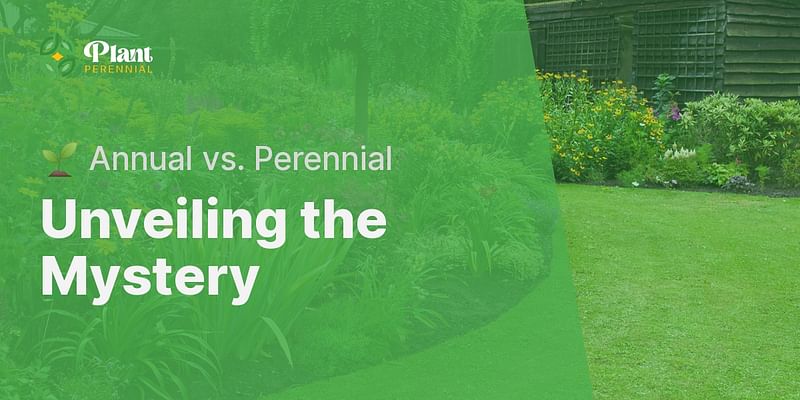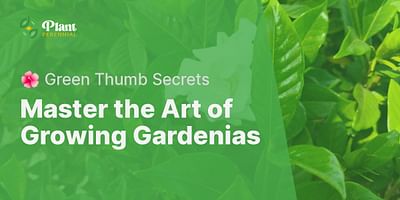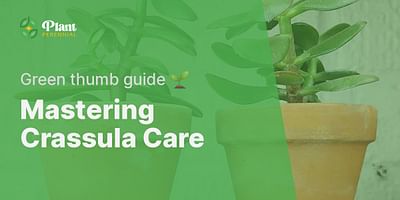David is a retired biology professor who has a passion for gardening. He loves experimenting with different plant varieties and has a vast knowledge of plant biology. In his free time, he enjoys playing chess and listening to classical music.
Annual and perennial plants serve different purposes in the natural world and in our gardens. Understanding the differences between them can help you make informed decisions when planning and caring for your garden.
Annual Plants:
Annual plants complete their life cycle within a single growing season. They sprout from seeds, grow, flower, produce seeds, and then die, all in the span of one year. Some common examples of annual plants include marigolds, petunias, and zinnias.
There are a few reasons why we have annual plants:
1. Quick color and variety: Annuals are known for their vibrant and showy flowers. They provide an instant burst of color and variety to your garden, making it visually appealing.
2. Easy to grow: Annuals are generally easy to grow from seeds or transplants. They have a fast growth rate and can quickly fill in empty spaces in your garden.
3. Flexibility: Since annuals complete their life cycle in one year, they allow you to experiment with different plant varieties and designs in your garden. You can easily change the look and feel of your garden each year by choosing different annuals.
Perennial Plants:
Perennial plants, on the other hand, have a longer lifespan. They live for multiple years, often coming back year after year. Some well-known perennial plants include astilbe, hellebores, hostas, and ornamental grasses.
Here are a few reasons why we have perennial plants:
1. Longevity: Perennials provide a sense of permanence in your garden. Once established, they can live for many years, saving you time and effort in replanting each year.
2. Cost-effective: While perennials may require more initial investment compared to annuals, they offer long-term value. You don't need to buy new plants every year, making them a cost-effective choice in the long run.
3. Environmental benefits: Perennials have deep root systems that help prevent soil erosion and improve soil quality. They also provide habitat and food for pollinators and other beneficial insects, contributing to a healthy ecosystem.
4. Low maintenance: Once established, perennials generally require less maintenance compared to annuals. They often have specific care requirements, such as pruning or dividing, but overall, they are more self-sufficient.
By incorporating both annual and perennial plants in your garden, you can enjoy the best of both worlds. Annuals provide instant color and variety, while perennials offer longevity and environmental benefits. Consider your garden goals, climate, and personal preferences when choosing between annuals and perennials, and create a beautiful and sustainable garden that brings you joy year after year.















